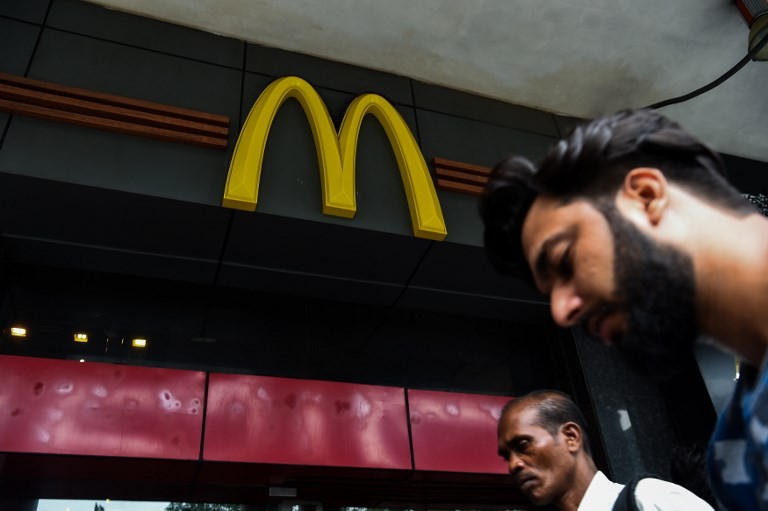Popular Reads
Top Results
Can't find what you're looking for?
View all search resultsPopular Reads
Top Results
Can't find what you're looking for?
View all search resultsMcDonalds to limit use of antibiotics in chicken supply
Change text size
Gift Premium Articles
to Anyone
M
cDonalds says it will start globally rolling back use of antibiotics in its chicken products from 2018 as part of efforts to curb microbial resistance to drugs and the rise of superbugs.
The decision follows a similar move undertaken in the US market in 2016.
It applies to drugs that are also used in human medicine, called Highest Priority Critically Important Antimicrobials (HPCIA) by the World Health Organization (WHO).
"Starting in 2018, we will begin implementing a new broiler chicken antibiotics policy in markets around the world," the company said in a statement issued Wednesday.
By 2018, HPCIAs will be eliminated in broiler chicken for the Brazil, Canada, Japan, South Korea, the US, and Europe. An exception will be made for the antibiotic colistin for Europe only.
The policy will be extended for Australia and Russia by the end of 2019, when the colistin exception for Europe will be made phased out.
It will be fully implemented globally by January 2027, although the firm said: "Our goal is to have this policy implemented before this date."
Scientists have for decades argued there is a link between antibiotic use in animals and the dwindling effectiveness of these drugs in human medicine.
Industrial-scale poultry farmers often use antibiotics not to treat outbreaks of disease in their flocks but to prevent it from occurring.
Some also use the drugs to help birds gain weight more quickly. Certain antibiotics destroy bacteria in the gut, which means that the chicken can convert feed to muscle faster.
Among humans, causes of resistance include the overprescription of antibiotics and patients failing to take the correct dosage, which allows a residual population of germs to survive and rebound.
According to the Centers for Disease Control and Prevention (CDC), at least two million people in the US become infected with bacteria that are resistant to antibiotics every year, leading to 23,000 deaths.
According to some estimates, drug-resistant bacteria may within decades be causing more deaths than cancer.
The US Consumers Union, a non-profit advocacy group, hailed the decision.
"The widespread use of antibiotics on livestock that aren't sick is contributing to a global public health crisis with potentially dire consequences," said Jean Halloran, director of the organization's food policy initiatives.










